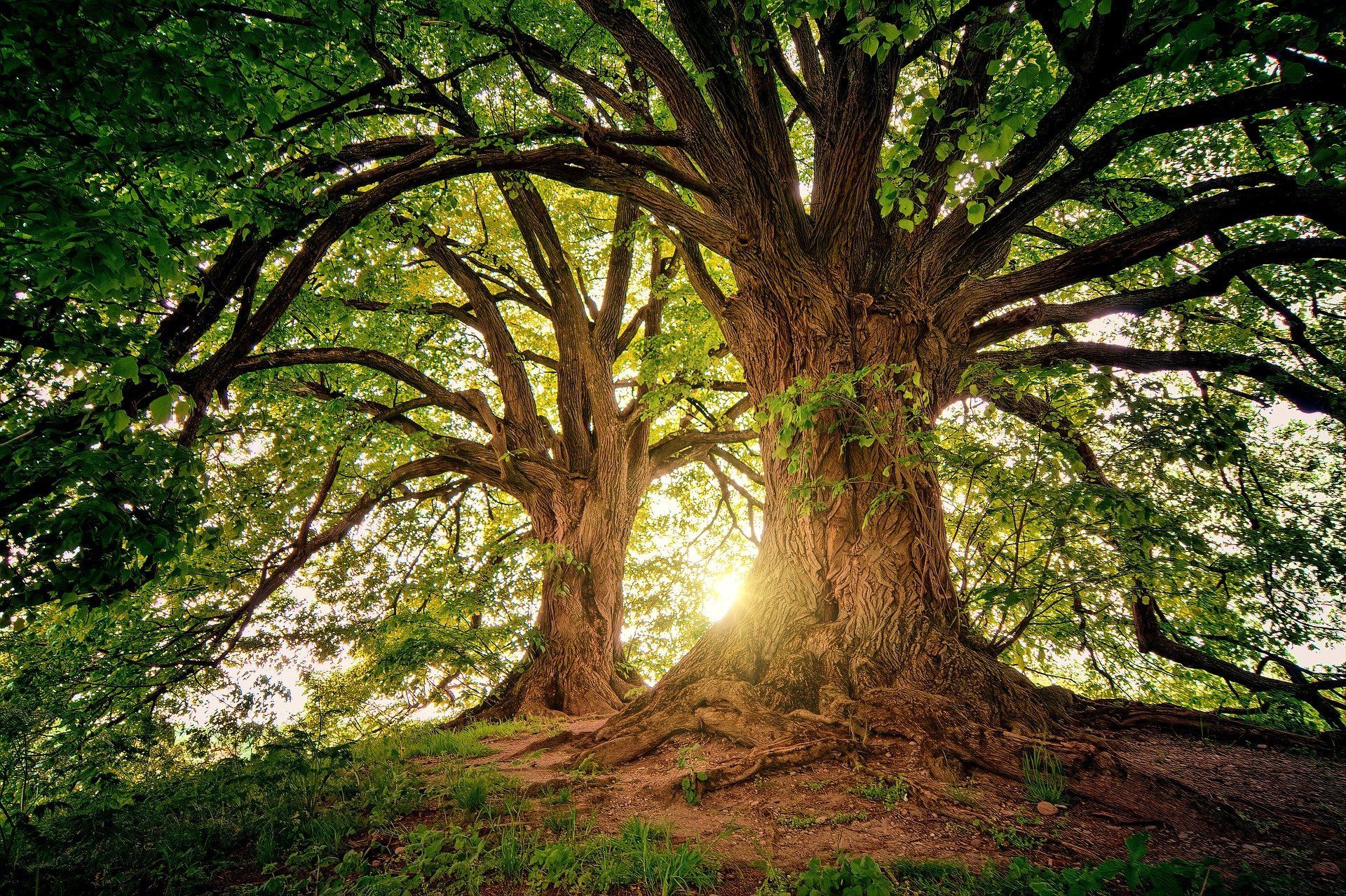
🍃 Profitability in recreating mangrove forests
Mangrove forests protect against storms and coastal erosion, and recreating lost forests can be an economical way to protect settlements in tropical areas.
Share this story!
Recreating mangrove forests is not only a good measure for nature conservation, but it can also provide great economic benefits. The money needed for the re-creation already exists in many cases as well but is currently only used for less effective measures. This has been shown by a study from the University of California Santa Cruz in the USA.
The economic benefit of mangrove forests is that they are very good at protecting coasts from storms. The mangroves thus provide natural protection for people living on the coast. The forests also protect against coastal erosion.
To see how much economic benefit the mangrove forests can provide, the researchers used the same models that the insurance industry uses to analyze what it would cost to pay for the damage that a mangrove forest could prevent.
The result was that mangrove forests were a cost-effective protection measure along areas around the coast of Florida and about 20 countries in the Caribbean. In Cuba, for example, researchers estimate that each hectare of mangrove forest recreated has an economic value of $850,000. In total, researchers estimate that there are many places where every dollar invested returns $15 or more.
Currently, there is a cost in recreating mangrove forests, but researchers believe that in many cases this money already is available. However, the countries are now spending that money on building concrete barriers and other types of artificial protection. If the money was instead spent on mangrove forests, the protection would be equally as good or better, while fish, shellfish, monkeys, birds, reptiles, and amphibians would have larger habitats.


By becoming a premium supporter, you help in the creation and sharing of fact-based optimistic news all over the world.



